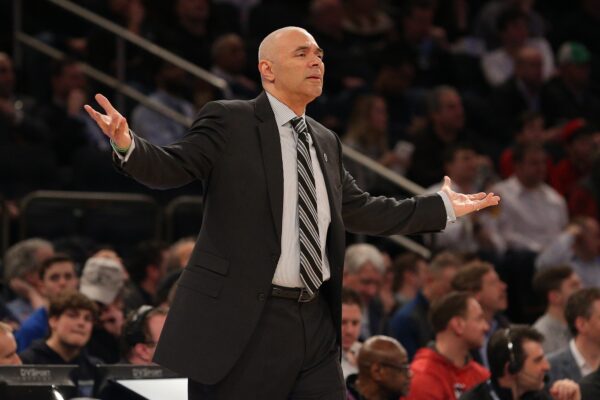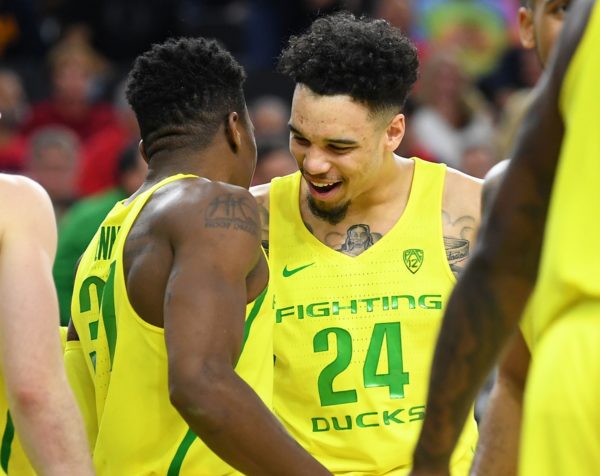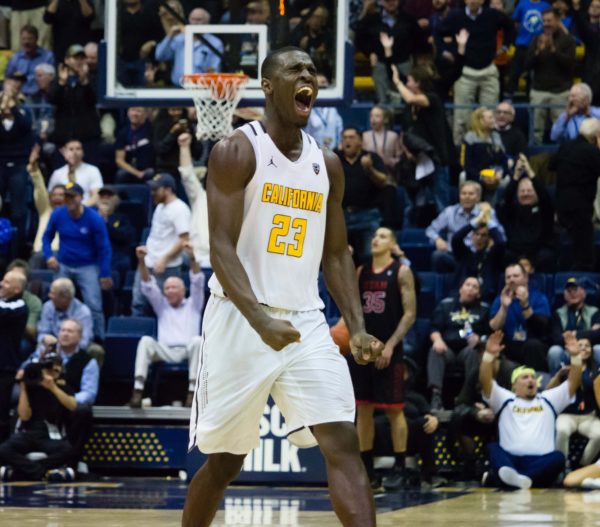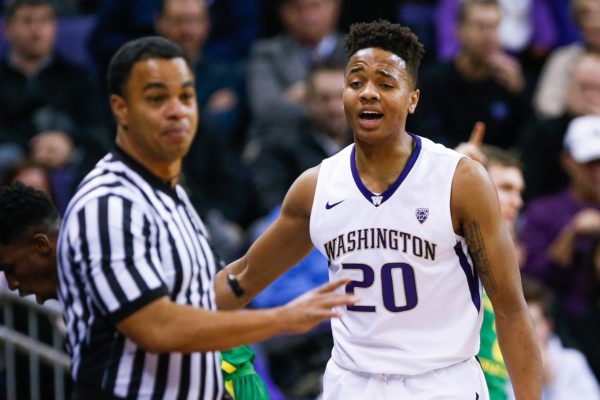Quarter-Pole Check-In on the Big East
Posted by Brad Cavallaro & Justin Kundrat on December 18th, 2019We’re only about five weeks into the regular season and yet it feels like an eternity judging by how much has happened thus far. Between the risers and fallers, early season disappointments and pleasant surprises, the Big East has had no shortage of compelling storylines. Below, Big East writers Justin Kundrat and Brad Cavallaro regroup and recap several of the key questions the conference is facing going into the holidays.
With only a close loss at Baylor, Butler has emerged as a Big East contender (or even front-runner) by analytics and their body of work. Do you see the Bulldogs as a legitimate contender or just a team off to a hot start?
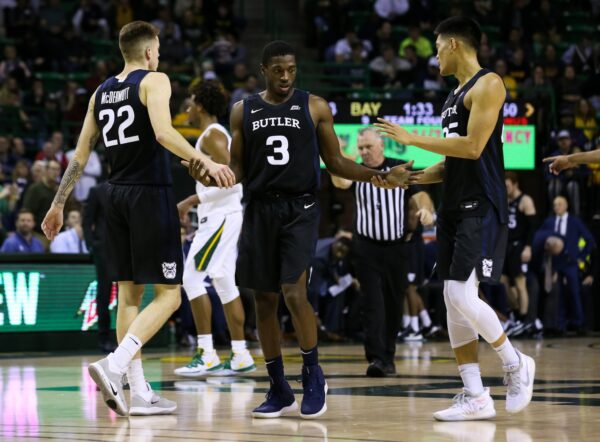
JK: With Seton Hall floundering and Villanova skirting by against inferior opponents, there’s no question in my mind that Butler is the top dog in the conference right now. The Bulldogs won’t overwhelm you with size or athleticism or shooting or lottery picks, but this team is as cohesive as any in the country. They remind me a bit of some of the Virginia teams in recent years, in that every game is played on Butler’s terms. The Bulldogs currently rank 338th nationally in tempo and opponents are getting just 16.7 percent of their shot attempts in transition, good for 12th nationally. Combine that with a defense that is elite in both defensive rebounding and discouraging perimeter shots and you have a recipe for success — there are no easy buckets with this team. On the other end, there are occasional concerns about the offense over-relying on Kamar Baldwin, but others have stepped up in recent games (here’s looking at you, Sean McDermott). And when opponents are scoring just 54.5 PPG, you don’t need multiple 20+ point scorers on the roster. Anyway, count me in as a buyer of Butler stock.
BC: I think at this point Butler is absolutely a contender. Between Seton Hall’s injuries and Xavier’s recent disappointing play, Butler and Villanova look like the clear front-runners in the Big East. While the Bulldogs do not have top-half conference talent, their excellent chemistry and buy-in from their role players has created a “whole is greater than the sum of its parts” scenario. While team synergy looks like the main reason for Butler’s early success, they are also receiving some great individual performances. Baldwin has taken the step from great player to star and the defense has been excellent with players like Aaron Thompson and Bryce Nze setting the tone. I think the most likely scenario is that Butler settles into the #15-#20 range nationally, but if they can get more from Jordan Tucker and Khalif Battle, the ceiling is even higher.
Seton Hall has disappointed, surrendering late game leads versus both Michigan State and Oregon? Can they back up their lofty preseason ranking and who emerges in Mamu’s absence?
Read the rest of this entry »




























